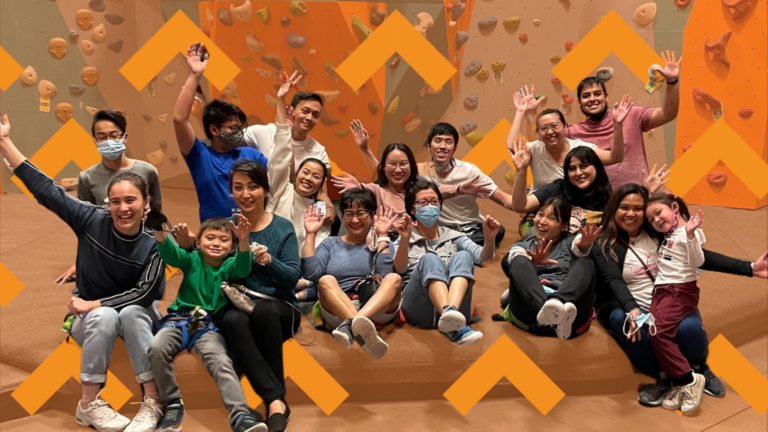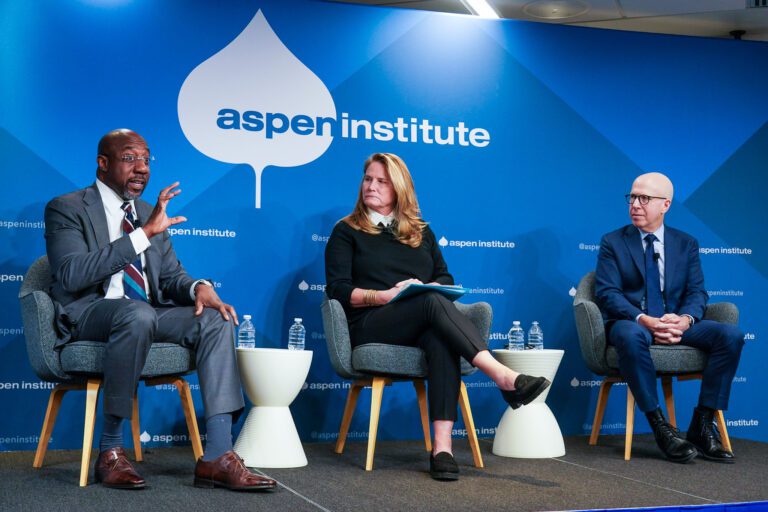Top Ten Policies to Lift Children and Parents out of Poverty
The past few years have been marked by polarization in America — red states, blue states, stalemates in Congress, intense debates on social programs. So when a policy approach comes along with broad and strong support from Americans across race, gender, geography, and political parties, it is time to take notice and act. Breaking the stranglehold of poverty through a two-generation approach that works with parents and children together, rather than with each in isolation, is one of those policy approaches.
At Ascend at the Aspen Institute, a hub for breakthrough ideas and collaborations that move children and their parents towards educational success and economic security, we have compiled the top 10 effective two-generation policies state and federal policymakers can pursue immediately to lift families out of poverty. In preparation for the release of our report, “Top Ten for 2Gen,” we wanted to know whether the American public would support these policies. The strength of these poll results and the intensity of the overall support for two-generation strategies surprised us. But maybe they shouldn’t have.
The policies with the most support are:
- 84 percent support Head Start partnerships to help the parents of low-income children further their own education and job training
- 88 percent want to include information on employment and job training in home visiting programs for pregnant women and their children
- 86 percent believe mental health screenings and services should be offered to both parents and their children at the same time
- 73 percent favor making parents enrolled in college or workforce training programs eligible for state-funded childcare subsidies
- 69 percent support including childcare expenses in determining financial aid eligibility for the 25 percent of college students who are parents
The findings suggest that a majority of Americans of all stripes and colors — Democrats, Republicans, young, old, parents, non-parents, married, and single — agree that these policies can help lift families out of poverty. If we were politicians, we would want to be on the right side of those issues.
“Top Ten for 2Gen” is a policy agenda built on three years of discussions with those working in the field. It recognizes that nearly 45 percent of all children in the United States today live in low-income families, that almost three-fourths of single-mother families are low-income, and that people of color are more likely to be low-income than their peers. It recognizes that a country where millions are struggling is neither just nor equitable.
Two-generation programs meet the needs of and create opportunities for children and their parents together. They focus on the core areas in which families need to get ahead and stay ahead — early education, postsecondary and employment pathways, economic assets, social capital or trusted support networks, and health and well-being.
It has been 50 years since the War on Poverty began. We have made progress, but it is not enough. The reality is that many policies created 50 years ago have yet to catch up to today’s families and to the scientific advances that deepen our understanding of the ways that both children and adults learn. Recent findings in brain science tell us something we probably already knew deep down: The development of children and parents is inextricably linked. They motivate each other to succeed.
What is perhaps most important about the policies we lay out is that they can be put into place today. They don’t require new funding streams or brand new legislation. They require some creative thinking about what it really takes to fuel the upward trajectory of today’s families. They require partnerships across agencies and communities. Those things are all possible. And since the majority of the country supports them, they should be more than just possible. We should start making them real today.
Organizations and leaders nationwide are already using the two-generation approach. On the frontline of that movement is the Aspen Institute Ascend Network, made up of 58 leading organizations from 24 states and the District of Columbia. They range from community colleges seeking to better serve student parents and their children, to early childhood centers engaging parents in pathways to employment, to two-generation partnerships spearheaded by Promise Neighborhoods, United Way and women’s foundations.
These are policies for today’s families, policies that can help the millions who are struggling get on their feet and help our country grow even stronger.
Related Posts



